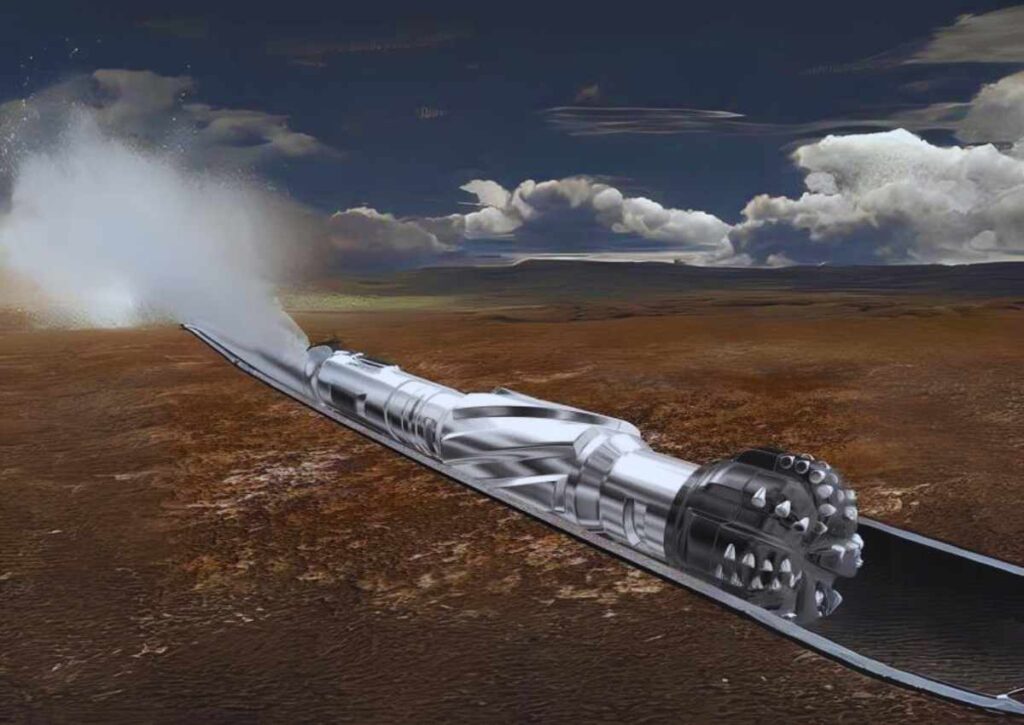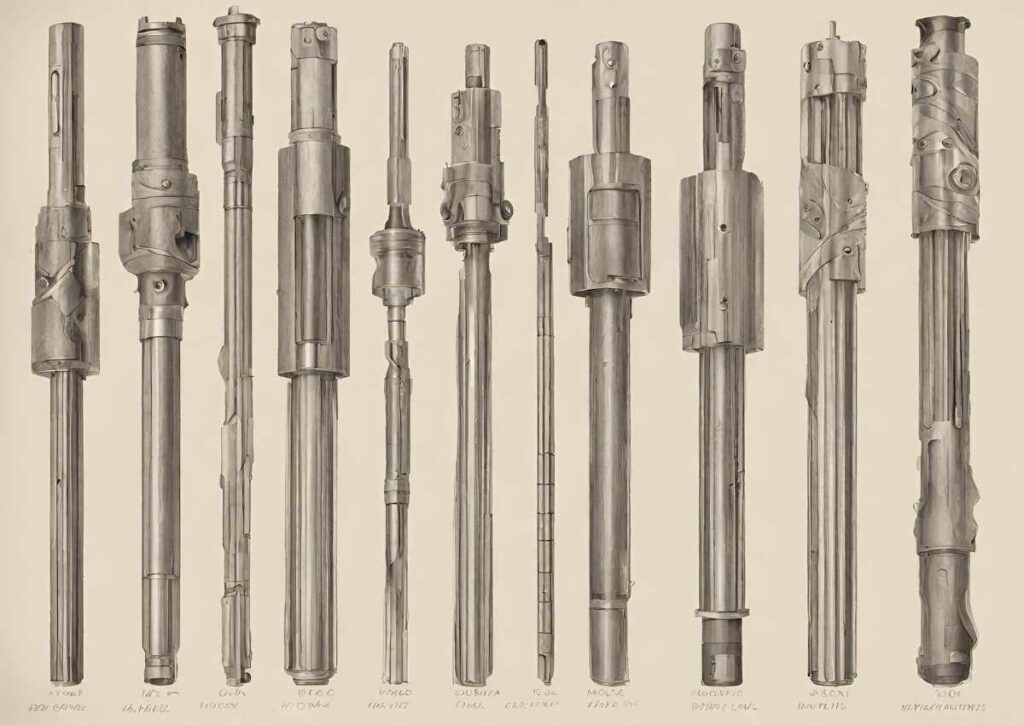In the realm of oil drilling, the bottom hole assembly (BHA) holds a pivotal role, acting as the backbone of drilling rigs.
Comprising various components such as drill collars, stabilizers, and reamers, the BHA forms the lowermost part of the drill string.
Its design and configuration significantly impact drilling efficiency, directional control, and wellbore stability.
Components and Functionality
The BHA encompasses an array of components tailored to meet specific drilling requirements. Stabilizers guide the drill bit, minimizing vibrations and ensuring a stable wellbore path.
Reamers, equipped with cutting elements, maintain the wellbore diameter, enhancing drilling efficiency in challenging formations.
Additionally, underreamers enlarge the wellbore selectively, deploying expandable cutters to accommodate various operational needs.
Design Considerations

The design of a BHA is meticulously crafted to optimize drilling performance.
Factors such as weight transfer to the bit, rate of penetration (ROP), and directional control are carefully assessed during the design phase.
Specialized software models simulate BHA behaviour, enabling oilfield service providers to predict performance metrics and mitigate operational risks.
Variations in BHA Configurations
BHA configurations vary based on drilling objectives and geological conditions.
Rotary assemblies, commonly used in predictable formations, utilize the weight of drill collars to control directional tendencies.
Pendulum assemblies reduce angle build rates, promoting wellbore stability in diverse drilling environments.
Fulcrum and short lock assemblies cater to specific angle-building and angle-maintenance requirements, offering versatility in directional drilling operations.
Types of BHA Configurations

Three primary configurations—Types 1, 2, and 3—are employed based on drilling scenarios.
Type 1 utilizes drill pipe and collars for weight transfer to the bit, while Type 2 incorporates heavy weight drill pipe for enhanced drilling efficiency.
Type 3 prioritizes directional control, leveraging drill collars and drill pipe to optimize rig floor handling and reduce sticking tendencies.
Significance of Stabilizers
Stabilizers play a critical role in BHA functionality, facilitating wellbore guidance and minimizing tool wear.
Solid stabilizers, featuring integral or welded blades, ensure optimal stabilization and prevent sidewall contact.
Replaceable blade stabilizers offer versatility, allowing blade replacement without machining or welding.
Sleeve-type stabilizers, with rotating or non-rotating sleeves, provide field-changeable options for enhanced operational flexibility.
The Role of Reamers and Underreamers

Reamers and underreamers are indispensable tools for maintaining wellbore integrity and enlarging the borehole diameter.
Reamers equipped with cutting elements alleviate the workload on the drill bit, enhancing drilling efficiency in challenging formations.
Underreamers selectively enlarge the wellbore, deploying expandable cutters triggered by mud pressure variations, ensuring precise borehole dimensions as per operational requirements.
Conclusion
The bottom hole assembly serves as a cornerstone in oil drilling operations, influencing drilling efficiency, directional control, and wellbore stability.
With meticulous design considerations and a diverse range of components, BHAs are tailored to meet the unique challenges posed by varying geological formations.
By understanding the intricacies of BHA configurations and component functionalities, oilfield operators can optimise drilling operations and maximise productivity in their quest for energy resources.
FAQs
What is the primary function of a bottom hole assembly (BHA) in drilling operations?
The BHA serves as the lowest part of the drill string and is essential for transferring weight to the drill bit, maintaining directional control, and accommodating various drilling tools such as stabilisers, reamers, and logging instruments.
How is the design of a BHA tailored to meet specific drilling requirements?
BHA design considers factors like weight transfer to the bit, rate of penetration (ROP), and directional control needs.
Specialized software models are utilised to simulate BHA behaviour, ensuring optimal performance and mitigating operational risks.
What are the primary differences between rotary, fulcrum, and pendulum bottom hole assembly?
Rotary assemblies utilise drill collars’ weight for directional control, while fulcrum assemblies are employed to build angle, and pendulum assemblies reduce angle build rates.
Each configuration is selected based on drilling objectives and geological conditions.
What role do stabilisers play in a bottom hole assembly, and what are the types available?
Stabilisers guide the drill bit, minimise vibrations, and prevent sidewall contact.
They can be solid, featuring integral or welded blades, replaceable blade stabilisers, or sleeve-type stabilisers with rotating or non-rotating sleeves, offering flexibility and field-changeable options.
How do reamers and underreamers contribute to drilling efficiency and borehole integrity?
Reamers equipped with cutting elements reduce the workload on the drill bit and maintain wellbore integrity by ensuring optimal borehole diameter.
Underreamers selectively enlarge the wellbore, deploying expandable cutters triggered by mud pressure variations, ensuring precise borehole dimensions.
What are the primary BHA configurations, and how do they influence drilling operations?
BHA configurations include Types 1, 2, and 3, each tailored to specific drilling scenarios.
Type 1 utilises drill pipe and collars for weight transfer; Type 2 incorporates heavy-weight drill pipe for enhanced efficiency; and Type 3 prioritises directional control, optimising rig floor handling, and reducing sticking tendencies.
Also Read
Big Stan Drill Rig: World’s Biggest Drilling Equipment









